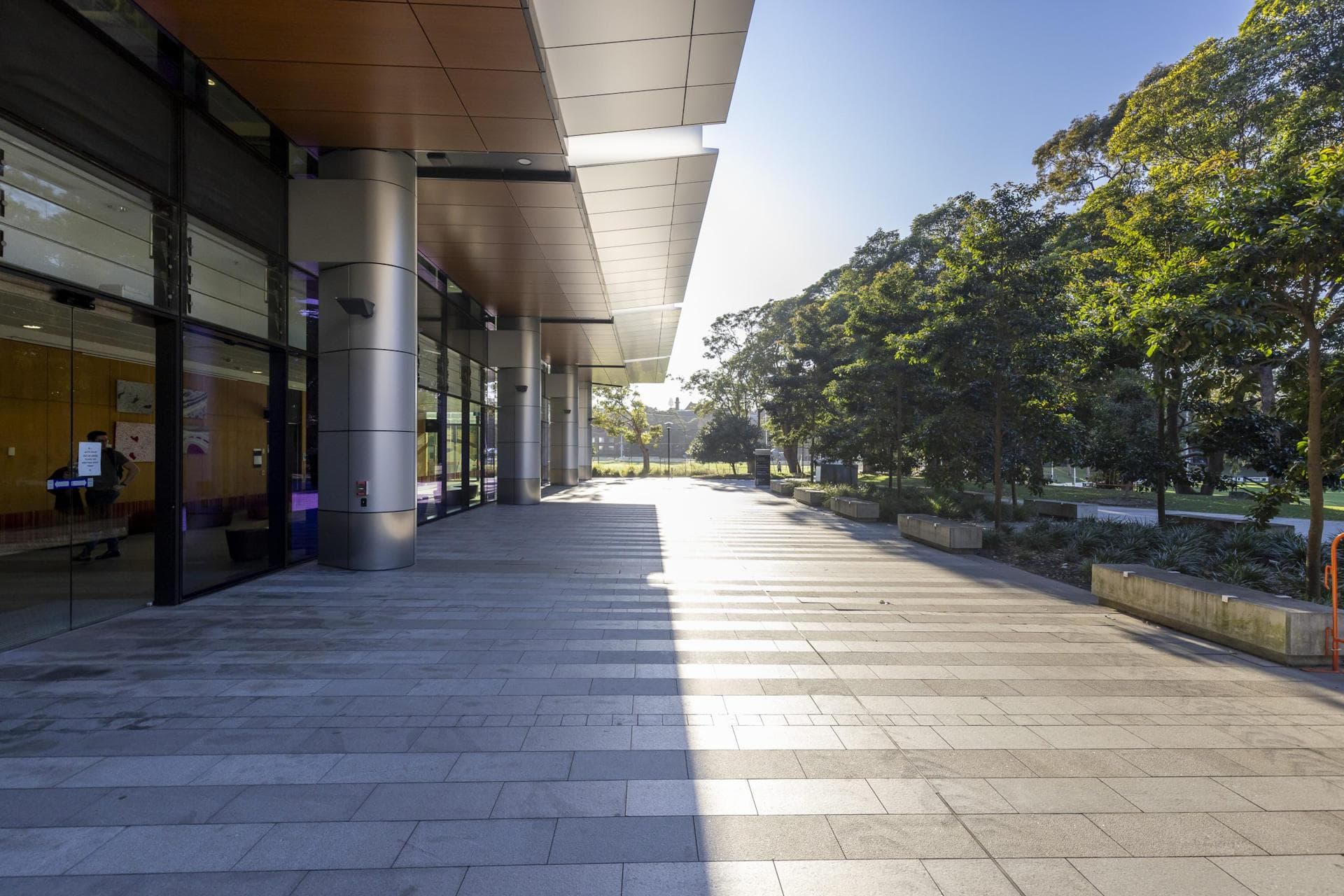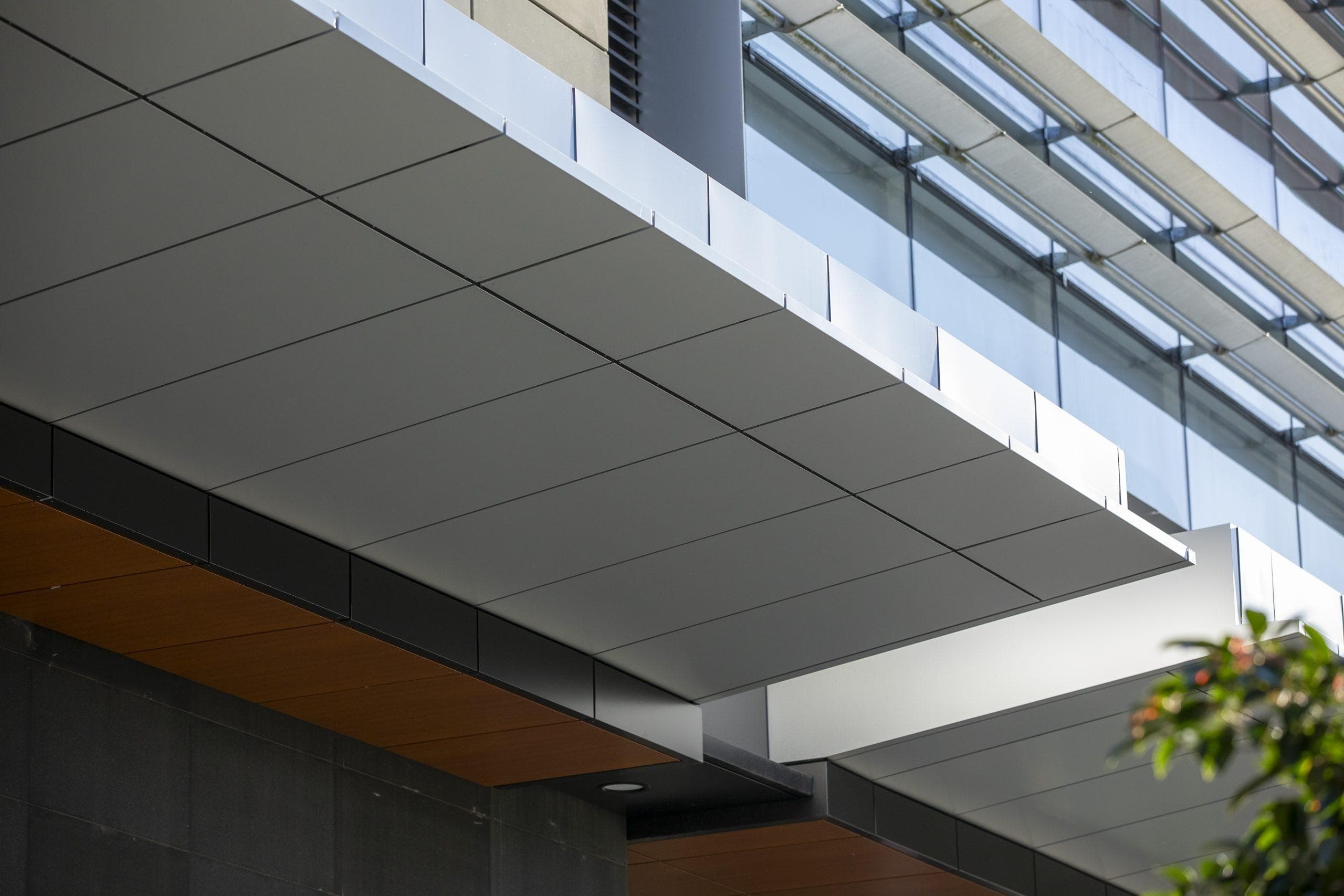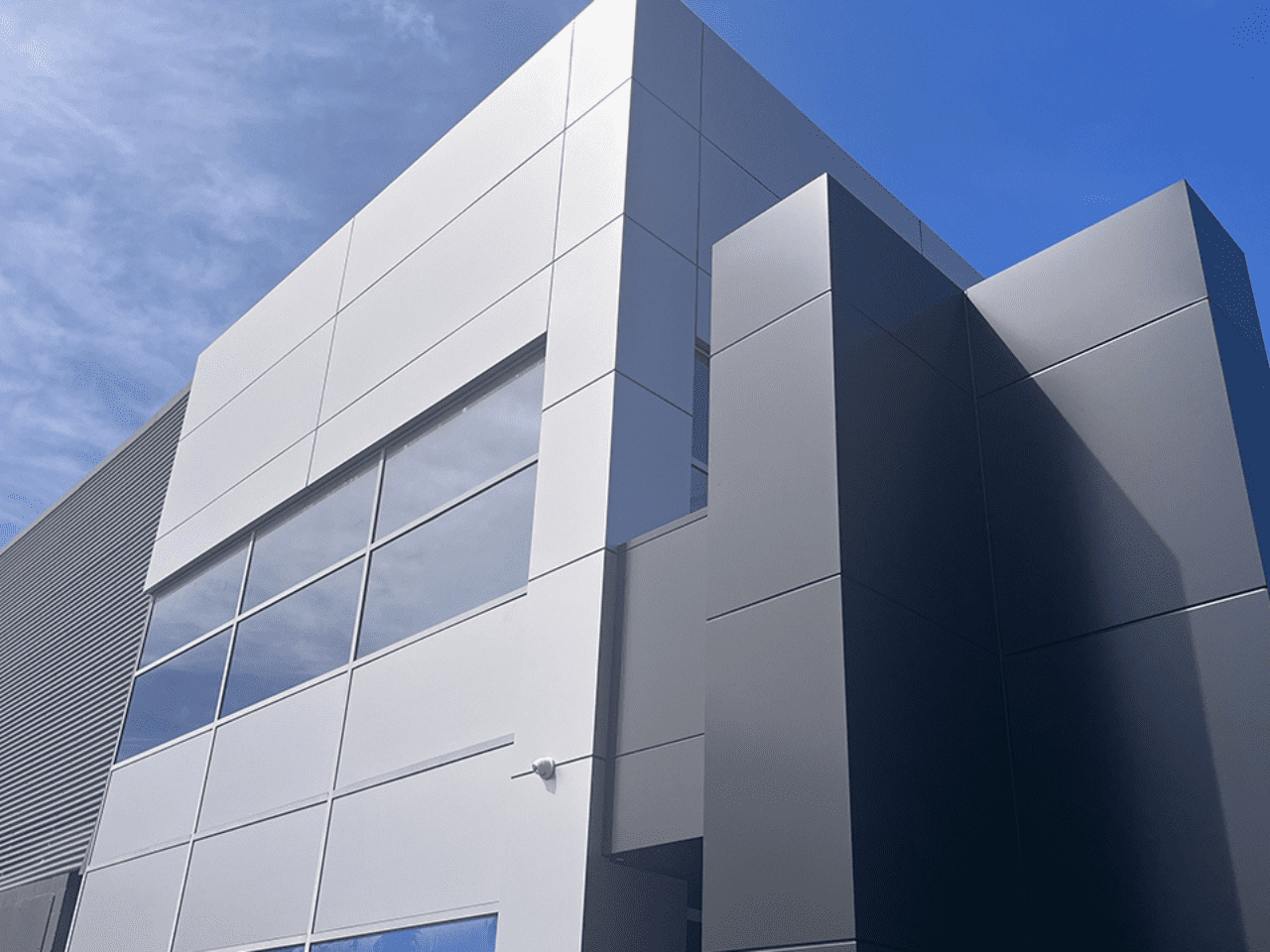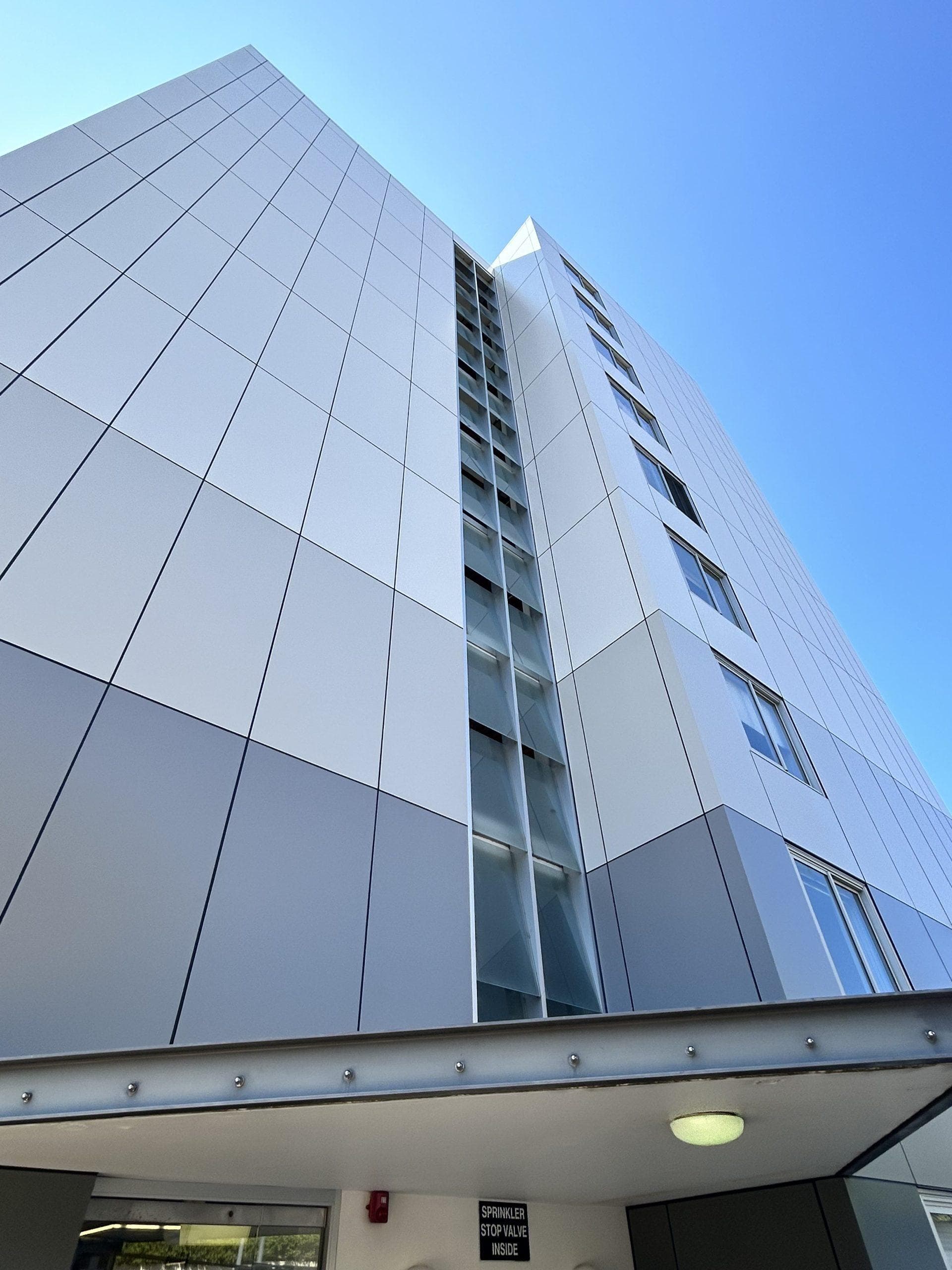The Cladding Conversation: Facade Engineers Shouldn’t be an Afterthought
In this episode of Talking Architecture & Design, Total Building Engineering Solutions’ Mario Mey and Network Architectural’s Llewellyn Regler explore why engaging Facade Engineers early in a project is essential—not optional. From fire safety and waterproofing to the benefits of using ALPOLIC™ cladding, they discuss the evolving cladding landscape, the impact of the DBP Act, and the future of safe, high-performing facades.

People are waking up to the need to engage Facade Engineers early on rather than reactively, says Associate Director at Total Building Engineering Solutions and former National Facade Lead at ACOR, Mario Mey.
Network Architectural’s National Technical Manager Llewellyn Regler agrees, saying previously clients and builders were engaging Facade Engineers too late in the project and “people got stung too many times”.
Both credit the introduction of the Design and Building Practitioners Act (DBP) as having a positive impact on safer facade design.
“Everybody is now encouraged to get Facade Engineers engaged from an early stage, which obviously renders much better designs, better coordination and a stronger focus on the compliance and long term performance,” Mario says.
Llewellyn says those doing anything in cladding at all should consider joining The Society of Facade Engineering to support the work they do to get more recognition, understanding and advocacy.
When considering some of the major issues being uncovered in poorly completed cladding projects, a lack of waterproofing and condensation are ongoing problems.
“Every time you do any remediation work commercial, residential whatever it is and you take it [the cladding] off it’s pandora’s box … it’s like what are you going to discover,” Llewellyn says.
One project where a lot of damage was sustained was in a building in Lilyfield that was just five years old and they had used furring channel instead of top hat to attach the cladding.
“It was rusted, it looked like someone had left it in the ocean and it was five years old,” Llewellyn recalls.
“The waterproofing and condensation it comes down to understanding what the system is. Some architects don’t want weep holes in the panels …but the water has to get out,” he says.
“People think the cladding panels themselves are what’s keeping the water away from the building but it’s just not true it’s the sarking or its the weatherproofing membrane you have behind it that is the waterproof”.
Both Llewellyn and Mario are advocates for ALPOLIC cladding with Mario saying “it outperforms the other bonded laminates with regards to fire safety, durability and it’s just a good product overall”.
“When you have a warranty for a Mitsubishi product and it’s 20-year full cover…it’s stand alone in the building industry,” Llewellyn adds.
“Mitsubishi actually did a special warranty for Project Remediate for the NSW Government.”
“We’ve had a few years of using solid aluminium and these kinds of things but now we are going back to composite materials because they work and one of the biggest things with the ALPOLIC as well is no colour fade”.
When it comes to the future of facades Mario expects it will look like “education about the importance of facade engineering as a whole, sustainability, safer facades and lower carbon materials”.
“It should always be constant improvement, you do that through education and understanding what Facade Engineers do. At the end of the day you’re doing a building that someone is going to be using. The goal should be better than the construction code not just building to it,” Llewellyn adds.
This podcast was brought to you in association with Architecture & Design. Listen to this episode of Talking Architecture & Design here.
Related Articles

Understanding Facade Warranties: What Designers Should Ask Before Specifying Cladding
Warranties are often overlooked until problems arise, but they are one of the most important safeguards in façade specification. This white paper helps designers understand what is really covered, what is not, and the right questions to ask before signing off. Learn how to assess warranty terms, minimise project risk and protect long-term façade performance.

A declaration is a disclosure, not a sustainability guarantee: Network Architectural debunks the EPD myth
Environmental Product Declarations (EPDs) are invaluable for transparency, but they don’t automatically make a product sustainable. As Llewellyn Regler explains, EPDs are disclosure tools, not guarantees. This article unpacks the myth, showing why specifiers must look beyond the label to durability, maintenance, lifecycle cost and embodied carbon to achieve genuinely sustainable outcomes.

Specifying sustainable aluminium: Understanding the real environmental footprint of façade materials with LCA
Life Cycle Assessment (LCA) is fast becoming a must-have for architects navigating embodied carbon caps and stricter procurement standards. Yet, not all aluminium cladding is created equal. In this article, we break down how LCA helps specifiers cut through assumptions, compare Environmental Product Declarations (EPDs), and make sustainable, evidence-based design choices with confidence.
